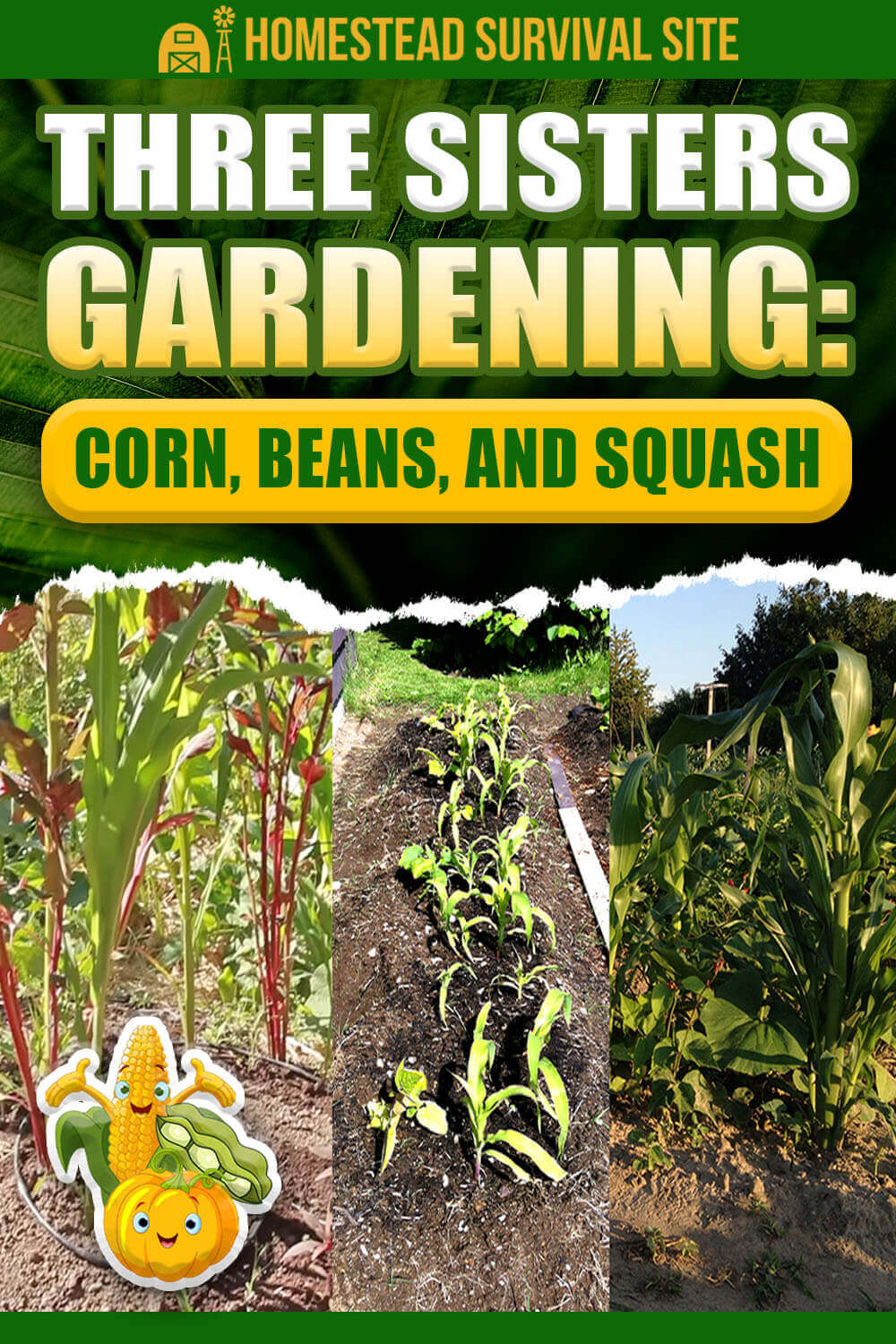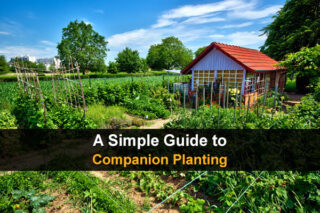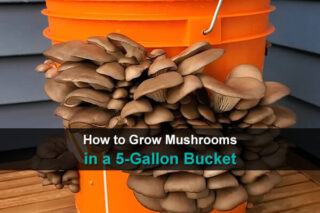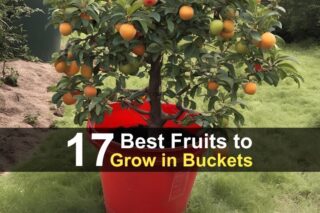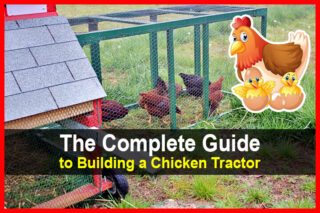Estimated reading time: 6 minutes
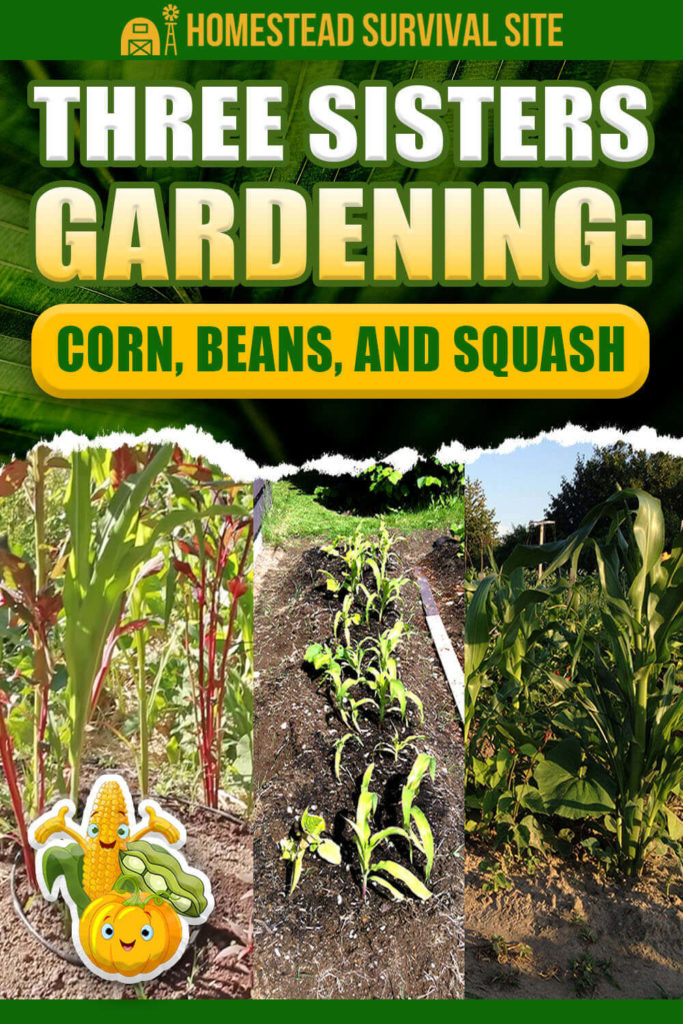
Companion planting is a gardening method that enables different plants to help each other thrive as they grow. We have Native Americans to thank for the best known of these methods – Three Sisters Gardening.
In this article, we'll explain what Three Sisters Gardening is, the benefits of using this method in your own vegetable garden, and the easy steps for planting and harvesting.
What is Three Sisters Gardening?
A Three Sisters Garden is a companion garden featuring corn, beans, and squash. When planted together, the three vegetables grow symbiotically, helping to support each other, enriching the soil, deterring weeds, and keeping away pests.
The tradition of calling these three crops the “three sisters” originated with the Haudenosaunee (also known as the Iroquois), Native Americans who made their home around the Great Lakes in the U.S. and parts of southeast Canada. The Haudenosaunee method typically involved using elevated mounds to assist with rainwater drainage.
The Wampanoag Nation, a neighboring tribe of the Haudenosaunee, also used Three Sisters planting. The Wampanoag Three Sisters Garden also typically included sunflowers to shade the crops and the alewife, a species of fish, as fertilizer. Historians believe that the Wampanoag tribe taught early English settlers this planting method.
What Are The Benefits of Three Sisters Gardening?
The three crops complement each other well as they grow. The corn provides sturdy stalks for the beans to climb upward. At the same time, the beans help stabilize the corn stalks during the wind and give nitrogen to fertilize the soil.
The broad leaves of the squash plants help shade the soil, helping it to retain moisture and prevent weed growth. The prickly leaves of the squash plants also help keep away raccoons and other pests.
The three crops also provide a balanced diet for the home gardener. Corn provides carbohydrates; dried beans are rich in protein and amino acids. Squash is rich in Vitamins A, B6, and C, as well as folate, fiber, riboflavin, magnesium, and potassium.
What Plant Varieties Work Best in the Three Sisters Garden?
The corn you select for this companion garden should be a tall variety to give the beans plenty of room to grow. The bean variety should be a climbing type (called pole beans) rather than the bush variety.
Traditional winter squash varieties will work well if you are planting a large garden. Try compact summer squash varieties if you are planting in a raised bed or do not have 15 feet or more for the winter squash vines to sprawl.
Here is more specific information.
- Corn: You can plant sweet corn, dent corn, popcorn, or a combination of different varieties. Native American types include Tarahumara, Hopi White, or heritage Black Aztec corn.
- Beans: Choose common pole beans such as Scarlet Runner, Ohio Pole Bean, or Italian Snap Bean. If you'd like to plant Native American bean varieties, try Four Corners Gold Beans or Hopi Light Yellow.
- Squash: Try a small-leafed summer squash like zucchini or a winter squash like Hubbard. The yellow summer crookneck squash is similar to what Native Americans planted.
If you are interested in planting Native American varieties in your Three Sisters Garden, you might want to check out Native Seeds, a nonprofit seed conservation organization based in Tucson.
How to Plant Your Three Sisters Garden
You can plant your garden in the ground or raised bed, but you will need a minimum of a 10 x 10-foot space to ensure adequate corn pollination.
For stronger root systems, many experts recommend directly planting seeds in the ground rather than using transplants. Check with your local planting calendar to determine the best time to plant in your area. But aim to start your garden no later than June 1.
Keep in mind that corn does not tolerate high heat and low humidity during tasseling, a period that can range from 30 to 70 days after planting, depending on the type of corn.
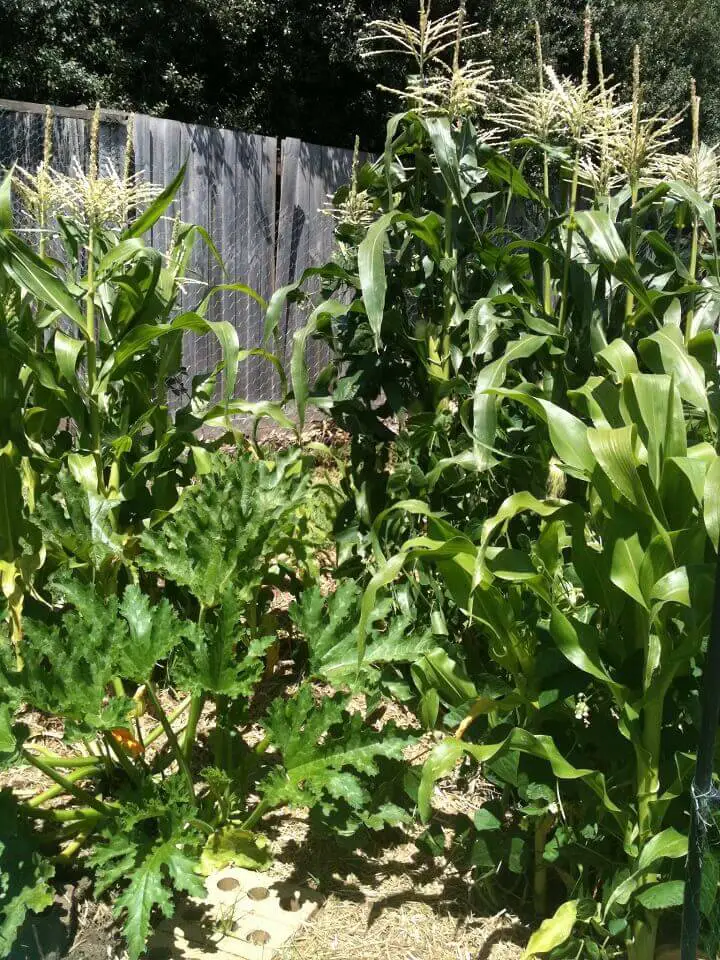
Choose a location that gets at least six hours of full sun each day. This gardening method isn't based on rows, and there are many configurations to the Three Sisters Garden. This publication from Native Seeds illustrates a few options, but the primary consideration is the amount of space you have.
Plant corn, beans, and squash in that order. You'll want to plant your beans about two to three weeks after your corn or when the corn plants are a few inches in height. Then plant the squash seeds about a week after beans have started to spread out their tendrils.
That way, the squash leaves won't overshadow the young corn and bean plants before they have time to establish themselves.
Here are a few other factors to consider when planting a Three Sisters Garden:
- Corn is wind-pollinated, and the more plants you have, the better your chances for success. It's a get idea to have a minimum of 10 to 20 corn plants to provide sufficient pollination. This video has some tips for planting a Three Sisters Garden in a tightly-spaced raised bed.
- Beans are self-pollinating, but you should expect slightly lower yields than if you grew them in their own area of the garden.
- Squash plants need insects to pollinate their flowers. You'll want to have several plants growing at the same time to attract pollinators.
Some gardeners include a “fourth sister” to their plot. For example, sunflowers and amaranth attract pollinators and help keep birds away from your seeds and seedlings. Both can be harvested later for their seeds, and they add color and beauty to the garden.
If you'd like more details on Three Sisters Gardening, we suggest this step-by-step video from Grow Organic and this short video from The Old Farmer's Almanac.
Or check out this look at the Three Sisters Garden at the University of California Master Gardeners of Santa Clara County. For more of a historical perspective, you’ll hear an Oneida elder discuss the heritage of the Three Sisters Garden in this video.

